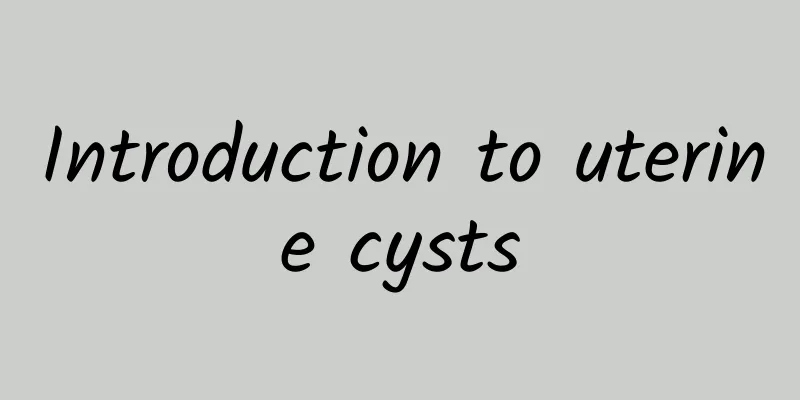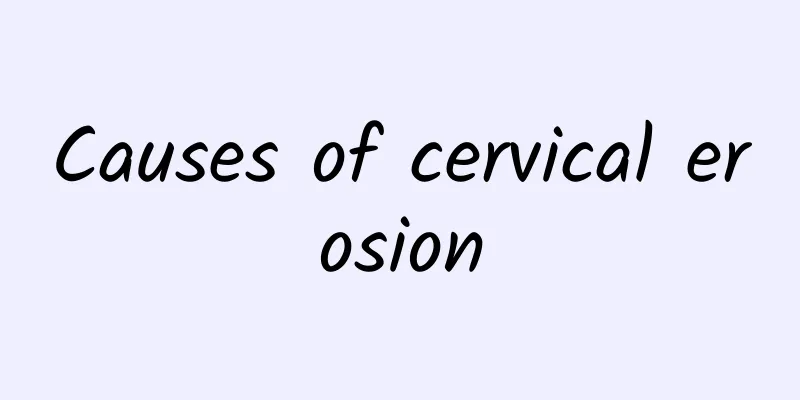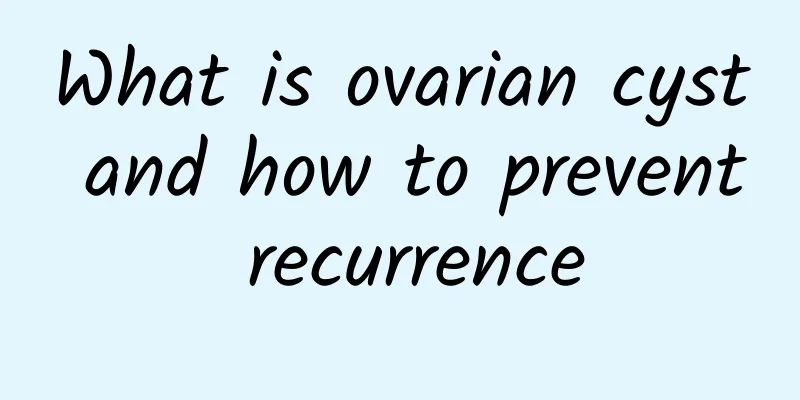Introduction to uterine cysts

|
Nowadays, there are many gynecological diseases that threaten women's health. Uterine cyst is one of them, which has a great impact on women's work and life. Therefore, for diseases like uterine cyst, early detection and early treatment are necessary. Here I will introduce you to the disease of uterine cyst. Uterine cyst is a rare disease that is easily overlooked in clinical practice. It can be divided into congenital and acquired uterine cysts. The former originates from the mesonephric duct and paramesonephric duct, and mostly occurs in the posterior wall or fundus of the uterus; the latter mostly develops from benign diseases or from interstitial cells of the serosa. Its symptoms can be divided into many types. The symptoms of uterine cysts are related to the treatment of cysts. There are mainly two types of uterine cysts in women: cervical cyst and uterine cyst. Generally, there is pain at the cyst site. Occult cyst is on both sides or one side of the uterus, while cervical cyst is on the cervix. It mainly affects the menstrual cycle and period, so it also affects pregnancy. Therefore, this disease should be treated early to ensure that the disease does not threaten life and health. As a cyst, it is generally a mild disease among space-occupying lesions. The location of uterine cysts is limited and they are often discovered by patients due to compression or pain. There are also cases without obvious symptoms. The treatment includes surgical resection and drug conditioning, which is determined by the different conditions. However, uterine cysts should pay attention to preventing the lesions from worsening, or malignant diseases being mistaken for benign cysts, which is very helpful for the treatment effect. According to literature reports, the pregnancy rate of young women who have not given birth after myomectomy is 30% to 60%, and 25% to 45% of them can carry a baby to term. However, patients cannot get pregnant immediately after surgery because there are scars on the uterus from myomectomy. Some myomas are large and deep, and after removal, it is like a cesarean section, and the uterus needs a certain recovery process. If the wound has not healed fully and you get pregnant immediately, there is a risk of uterine rupture. Foreign reports show that the incidence of uterine rupture after myomectomy is 1.5%. Therefore, it is not advisable to get pregnant soon after myomectomy. So, how long after myomectomy can you get pregnant? This depends on the number of myomas removed, the size of the myomas, and the location of the myomas. If there are not many tumors and they are on the serosa, you can get pregnant six months after the operation; if the tumors are large and there are many, you need to use contraception for one year, and then try to get pregnant as soon as possible before the myomas recur. In addition, women who become pregnant after myomectomy should go to the hospital for check-up in time and give birth in the hospital, because the chance of abnormalities during delivery increases, and some may need cesarean section. Since myomectomy can recur after surgery, regular follow-up examinations are also required after delivery. |
<<: What are the treatments for vulvar leukoplakia?
>>: What are the preventive measures for irregular menstruation?
Recommend
Main methods of examining vulvar pruritus
Many women do not pay attention to personal hygie...
How to eat well when you have bacterial vaginosis
Bacterial vaginosis brings some inconvenience to ...
Three common diagnostic methods for Bartholinitis
The occurrence of Bartholinitis makes patients ve...
How to choose a hospital for uterine fibroids
How to choose a hospital for uterine fibroids? Ut...
Does chronic cervicitis cause leg pain in women? Three common symptoms of chronic cervicitis in women
Patients with chronic cervicitis will have abnorm...
6 small folk remedies that are effective in treating constipation
[Introduction] Amenorrhea refers to a condition i...
What to do if you have adenomyosis and no menstrual pain
What should I do if I have adenomyosis and no men...
Can I have sex if I have cervical erosion? Treatment of cervical erosion
Cervical erosion is a common disease in women of ...
Expert lecture: Prevention knowledge of cervicitis
Cervicitis is a type of gynecological inflammatio...
Can I still get pregnant normally after conservative treatment of ectopic pregnancy?
After conservative treatment of ectopic pregnancy...
Who is not suitable for abortion?
Artificial abortion, also known as artificial abo...
I am the biggest skinny! Super 6 kinds of fruits and vegetables
Electronic music queen Xie Jinyan showed off her ...
Does ovarian cyst affect pregnancy? What are the main symptoms?
Will ovarian cysts affect pregnancy? What are the...
Here are some treatments for vaginitis
Vaginitis is a very common gynecological inflamma...
Diagnosis of functional hypothalamic amenorrhea
The diagnostic process of functional hypothalamic...









